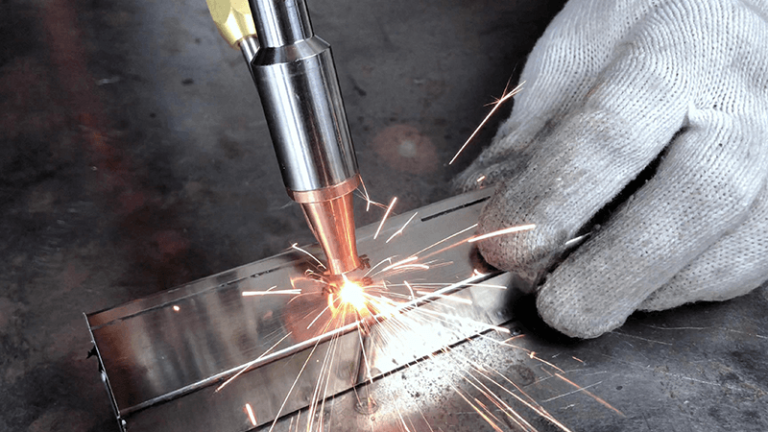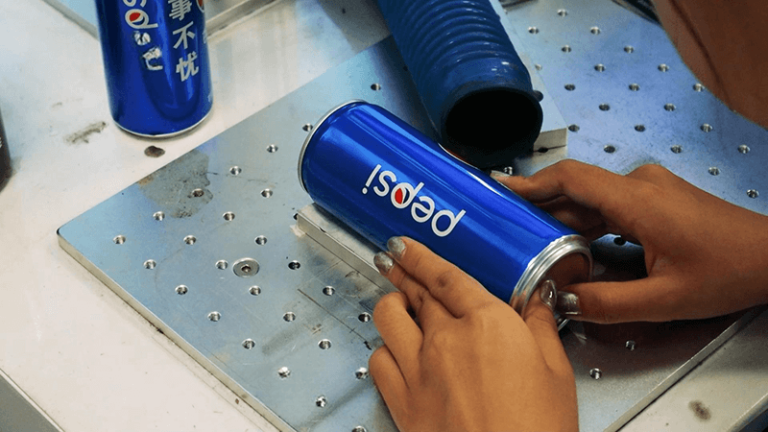In today’s fast-paced manufacturing world, the challenge of precision and efficiency looms large. Traditional metal cutting methods often fall short, leading to waste and delays. Laser cutting technology has become essential in modern metal fabrication due to its numerous advantages, including precision, efficiency, versatility, and cost-effectiveness.
Metal cutting lasers are vital in today's manufacturing due to their precision, speed, versatility, and cost-effectiveness. They enable intricate designs with minimal material deformation, crucial for industries like aerospace and automotive. Laser cutting enhances productivity by operating continuously, processing various materials, and reducing waste. Additionally, advanced software integration streamlines workflows, further optimizing operations. As demand for quality increases, the significance of laser cutting technology in fabrication will continue to grow.
The rise of metal cutting lasers isn’t just a trend; it’s a revolution. With advancements in laser technology, these machines have become indispensable tools in factories worldwide. Metal cutting lasers provide manufacturers with the ability to achieve intricate designs and cuts that were once thought impossible, all while improving production timelines.
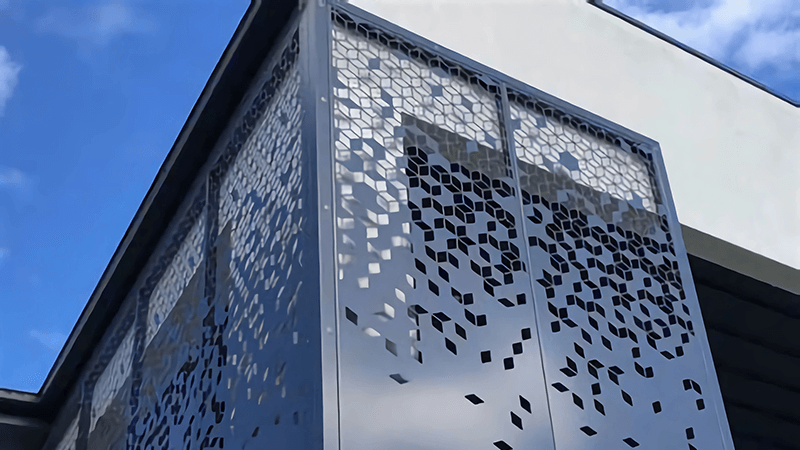
The Evolution of Metal Cutting Lasers
Let’s take a step back and appreciate how far we’ve come. The evolution of laser technology has been remarkable. From basic CO2 lasers to the latest fiber lasers, each advancement brings new capabilities. These machines have transformed metal fabrication into a precise science.
Modern laser cutting machines can slice through various materials with ease, making them essential for industries like automotive, aerospace, and construction. But why is this technology so vital today? The answer lies in the relentless pursuit of efficiency.
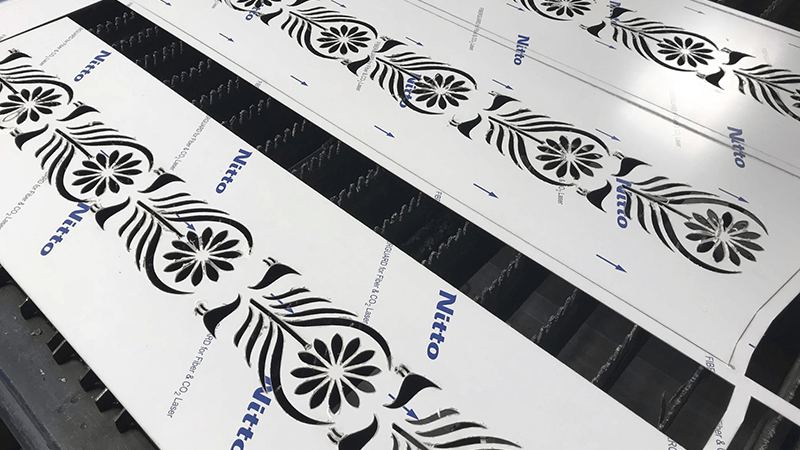
Efficiency and Precision in Metal Cutting
When comparing laser cutting to traditional methods, the differences are staggering. Laser cutting offers incredible speed, allowing for quicker turnarounds. This efficiency translates to lower labor costs and increased production rates. Laser cutting machines operate at high speeds, significantly reducing production times compared to conventional methods, enabling manufacturers to meet tight deadlines without sacrificing quality.
Moreover, the precision of laser cutting machines is unmatched. With the ability to achieve tolerances within ±0.005 inches and a kerf width as narrow as 0.004 inches, these systems ensure every part fits perfectly while minimizing material waste. The focused laser beam can create intricate designs and complex shapes that are essential in industries such as aerospace, automotive, and electronics. It’s no wonder manufacturers are flocking to laser technology! Additionally, as a non-contact process, laser cutting minimizes wear on tools and machinery, leading to lower maintenance costs and longer equipment lifespans.
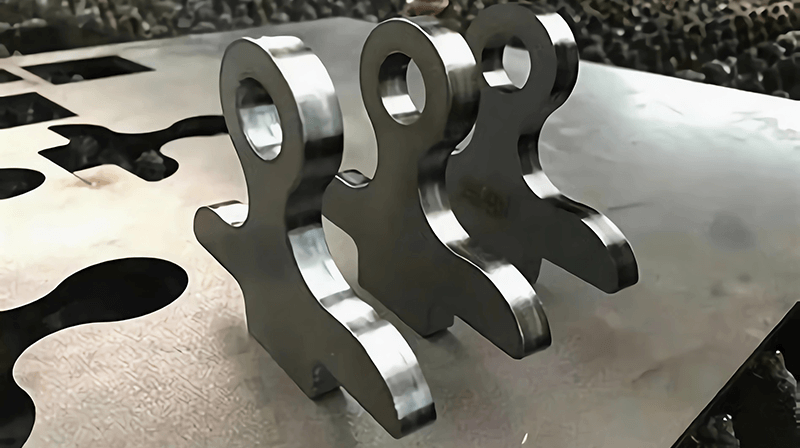
Versatility Across Industries
One of the most exciting aspects of metal cutting lasers is their versatility. They are used in various industries, from intricate jewelry design to heavy machinery fabrication. Laser cutting technology is capable of processing a wide range of materials, including stainless steel, aluminum, and copper, allowing manufacturers to cater to diverse customer needs. Whether cutting thin sheets or thick plates, these machines can handle it all, quickly switching between different material types and thicknesses.
For instance, the automotive industry relies on laser cutting for components that require high precision and complex shapes. The adaptability of laser cutting enables the production of both flat sheets and tubular materials, making it ideal for various applications. In the aerospace sector, lightweight yet strong parts are essential, and lasers excel in achieving those specifications, further showcasing the technology's broad capabilities.
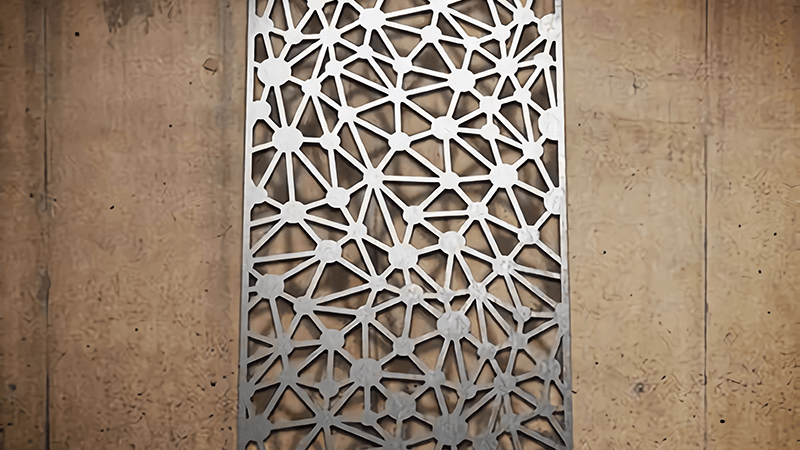
Cost-Effectiveness and Value
Cost is always a consideration in manufacturing. While the initial investment in a laser cutting machine may seem high, the long-term savings are substantial. Reduced operational costs stem from faster production, less waste, and lower labor expenses. The efficiency of laser machines leads to lower operating costs due to minimal maintenance requirements and the ability to operate continuously.
Additionally, laser cutting minimizes material waste. Traditional methods often lead to significant off-cuts and unusable pieces, but lasers cut with precision, ensuring that more material is utilized efficiently. The high precision achieved also translates into less rework and scrap material, further contributing to overall cost savings. This combination of efficiency and precision makes laser cutting a financially sound choice for manufacturers.
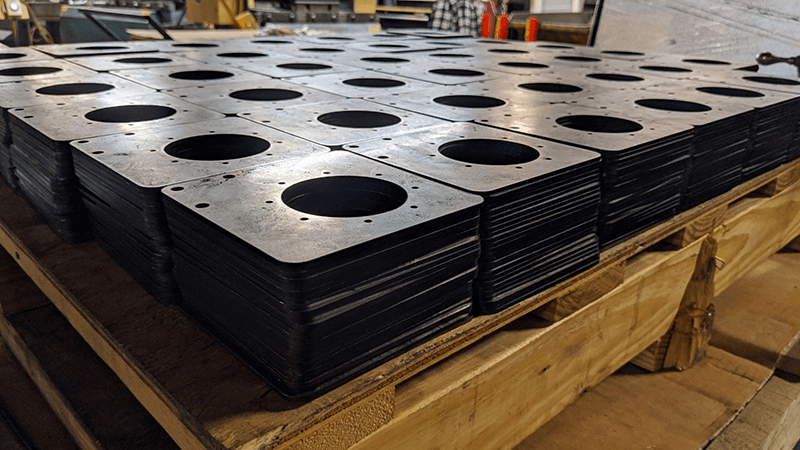
Enhanced Safety and Clean Operations
Safety in manufacturing cannot be overstated. Modern laser cutting systems come equipped with advanced safety features, including automatic shut-off mechanisms and protective enclosures. This not only keeps operators safe but also enhances overall workflow efficiency.
Moreover, laser cutting is a clean process. Unlike traditional methods that generate debris and dust, laser cutting produces minimal waste, making it more environmentally friendly. This aspect is increasingly important as industries strive for sustainability.
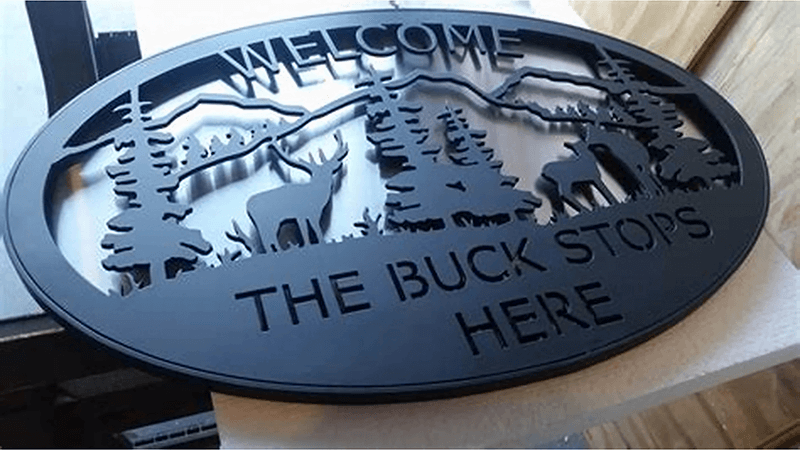
Integration with Modern Workflows
Modern laser cutting systems often come equipped with advanced software that integrates seamlessly with CAD/CAM workflows. This integration facilitates easy programming and automation of the cutting process, reducing manual intervention and potential errors.
This integration allows for:
- Easy import of digital designs into the laser cutting machine
- Optimization of cutting paths and parameters
- Precise control over the cutting process
- Streamlined translation of design concepts into reality
By integrating laser cutting with CAD/CAM software, manufacturers can:
- Take on a broader range of unique and customized products
- Reduce setup times and enable quick adjustments to production runs
- Enhance operational efficiency through direct digital input of designs
As a result, manufacturers can streamline their operations and improve overall workflow efficiency.

Future Trends in Metal Fabrication
Looking ahead, the future of metal fabrication is bright with laser technology. Innovations are continually emerging, from improved software for better design integration to even faster laser systems. As industries evolve, so will the capabilities of these machines.
Moreover, the integration of automation and robotics with laser cutting is on the rise. This combination will further streamline production processes, allowing manufacturers to focus on more strategic tasks while machines handle the heavy lifting.
Conclusion
In summary, metal cutting lasers are not just tools; they are essential assets in modern fabrication. Their efficiency, precision, versatility, and cost-effectiveness make them invaluable in today’s manufacturing landscape. If you’re not considering metal cutting lasers for your operations, it’s time to rethink your strategy and embrace the future of fabrication. Feel free to contact us, if you have any technical requirement.
1>. "How to Choose the Best Laser Cutting Machine for Steel Applications?", from Kirin Laser.
2>. "How Can You Achieve Optimal Laser Machine Cutting Performance?", from Kirin Laser.
3>. "The Best Laser Metal Cutting Machines for Industrial Use ", from Kirin Laser.
4>. " The Advantages of Using CNC Machines for Metal Fabrication", from Kirin Laser.
5. "5 Axis Laser Cutting programmed in SprutCAM X Robot: a case from China", from SprutCAM .


